What is a Secondary Storage Device?
A storage unit, a part of the computer system, is a place where the data and instructions that need to be processed are maintained.
A storage device is an essential part of the hardware of a computer that saves the data and information required to process the results of computations.
Without a storage device, a computer could not run or even begin. Alternatively, a storage device might be thought of as a piece of hardware that is used to transport, store, or extract data files. It may also store information or data both momentarily and permanently.
Following are the two kinds of computer storage exist:
1. Primary storage devices: Primary storage device also known as internal memory and main memory. This part of the CPU stores the program instructions, input data, and intermediate outcomes.
It often has a smaller size. Random Access Memory (RAM) and ROM are two types of main storage (Read Only Memory).
2. Secondary storage devices: Secondary storage refers to memory that is maintained off the main memory bus of the computer. It is mostly employed for the long-term, permanent storage of programs and data.
Secondary storage types include hard drives, CDs, DVDs, Pen/Flash drives, SSDs, and more.
What Exactly Is a Secondary Storage Device?
Storage tools are commonly known as secondary storage devices that supplement the computer's primary storage, RAM, and cache memory. They allow users to permanently save data on them since they always have non-volatile memory.
Secondary storage often has storage capacities ranging from a few megabytes to petabytes. The operating system, device drivers, applications, and user data are all practically saved on these devices together with other software and data.
They can be used for a number of things, such as disaster recovery or backup data storage, long-term preservation of seldom accessed data, and non-critical data storage on less expensive, lower-performing drives.
High capacity and cheap cost are the primary features of secondary storage, while other factors like mobility, speed, and dependability could also be significant. Accessibility over the long run and longevity might potentially be problems. For instance, most of the data from earlier decades that was kept on magnetic tapes are now essentially useless.
It's possible that the operating system has no direct control over the secondary storage of data. To secure their preservation in the event of a data breach, many firms, for instance, keep their archived data or important documents on backup storage systems that cannot be accessible by their main network.
These drives do not directly connect with the primary infrastructure and can be located at a remote or secure site, making it hard for hackers to gain access to them unless they are physically stolen.
Most secondary storage components, such as hard drives, tape drives, optical storage drives (CD-ROM, Blu-ray, and DVD), and floppy disk drives, were formerly integrated into computers. Data backups from primary storage are frequently kept in secondary storage.
Data is copied from the primary storage system to the secondary storage system via replication or another data protection and recovery mechanism. The backup system may make use of specialist software, outside services, storage system snapshots, or other techniques to enable these processes.
In order to keep business transaction records or to satisfy regulatory compliance, data may also be archived for long-term preservation. Data may be kept on file by certain businesses for years or even permanently. In contrast to pricey main storage, it is more cost-effective to keep this data on high-capacity secondary storage since it is accessed sparingly and seldom, if ever, changes. Although these terms are still used today, secondary storage now mostly refers to storage that accommodates data and workloads that are less important than those that call for prime storage. The phrase is also used to refer to the management of secondary data, either in place of or in addition to the hardware on which the data is stored.
Any storage that isn't primary storage is often referred to as secondary storage. The third layer, which is distinct from the second tier and is accessed even less frequently, is where some organizations keep their archival data. Even in this situation, secondary storage is sometimes used as a catch-all phrase to represent any nonprimary storage, including cold storage. This is known as cold storage, or occasionally tertiary storage.
Despite the widespread abolition of various backup storage methods like tape drives and floppy diskettes, secondary storage technologies include:
- Solid-state drives (SSDs).
- Hard disk drives (HDDs).
- Cloud storage.
- CD-ROM drives.
- DVD drives.
- Blu-ray drives.
- USB flash drives.
- SD cards.
- Tape drives.
- Zip and Jaz drives.
Solid State Drives (SSDs):
A storage media known as an SSD, short for solid-state drive, employs non-volatile memory to store and access data. An SSD provides benefits such as quicker access times, noiseless operation, improved durability, and reduced power consumption because it doesn't have moving components as a hard drive does. An example of a Crucial SSD may be seen in the image.
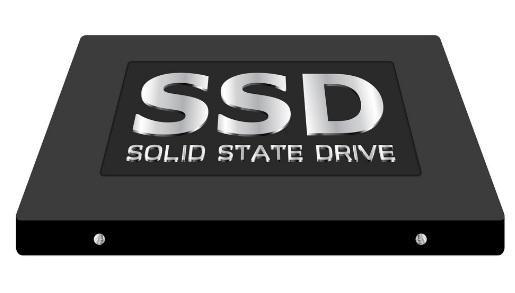
As prices have decreased, traditional hard drives in desktop and laptop computers may now be replaced with SSDs. Netbooks, nettops, and other applications that don't need a lot of storage can also benefit greatly from SSDs.
Hard Disk Drives (HDDs):
Your computer's operating system, software, and data files, including documents, images, and music, are all stored on a hard drive, often known as a hard disk or HDD. The remaining parts of your computer cooperate to display the programs and files on your hard disk.
A platter that has divisions to store data makes up a hard disk drive. Your operating system, programs, and any files you've made are included in this data. A reader or writer arm that slides over the plate to read or write the desired information is also present. The platter spins while the actuator arm passes over it to speed up this process.
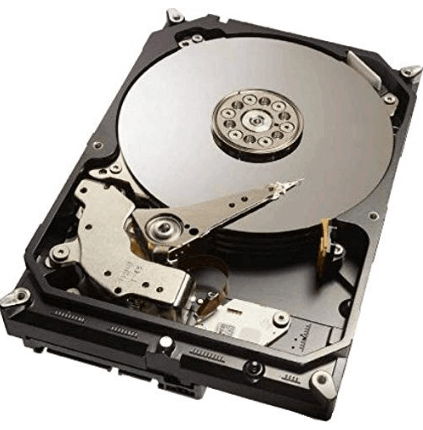
The hard disk's storage spaces for the data can be dispersed throughout. Data is not written in a sequential manner, then. The actuator arm can discover all the relevant data thanks to an indexing mechanism.
Due to the fragility of the platter and actuator arm, a steel casing has been placed over them. By doing this, the disk is shielded from harm under typical conditions.
Cloud Storage:
A cloud computing provider offers cloud storage, a service that enables you to store data and files online. You may access cloud storage over either the public internet or a tailored private network connection. The provider stores, administers, and maintains the storage servers, infrastructure, and network in a safe manner to guarantee that you may access the data at practically any size and with elastic capacity. Cloud storage allows you flexibility, scalability, and durability with any time, anywhere access to your data by removing the need to buy and operate your own data storage infrastructure.
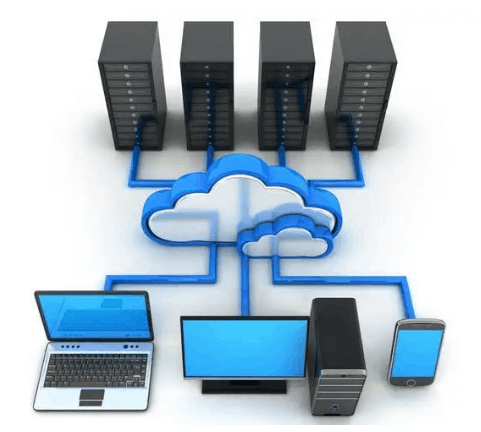
CD-ROM Drives:
A CD-ROM, which stands for Compact Disc Read-Only Memory, is a read-only optical disc that contains music or software data. They are read via an optical drive, sometimes known as a CD-ROM drive. In other words, it reads the CD about 72 times quicker than the 1x version. CD-ROM drives have speeds ranging from 1x to 72x.
These drives can play music CDs and read data CDs, including CD-R and CD-RW discs, as you might expect. The use of CD-ROM drives has dramatically decreased in comparison to more recent formats like DVD or Blu-ray drives, and they are no longer a need in contemporary computers or other electronic devices.
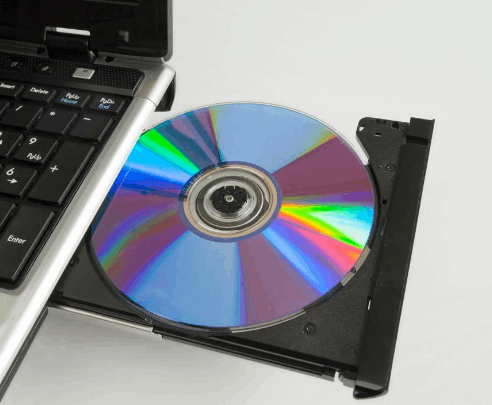
DVD Drives:
In order to use digital versatile discs, or DVDs, a computer or other electronic device must have a DVD drive. They are set up on a wide range of things, including televisions, DVD players, vehicles, and desktop and laptop computers.
Since a DVD can store a lot more data than its forerunner, the compact disc (CD), it may be utilized for a wide range of media and storage. For film and multimedia files that are bigger than a typical music CD, DVDs are the preferred format. DVD players read the discs and use the data they have learned.
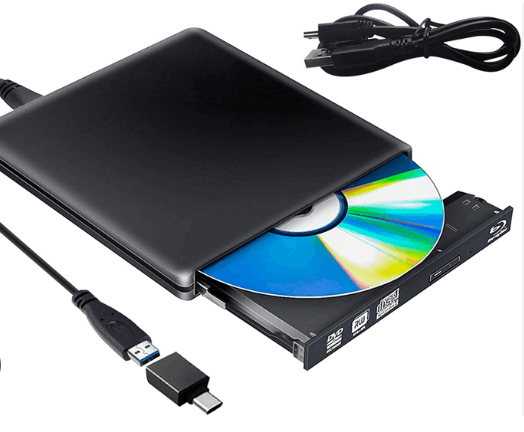
Blu-Ray Disk :
High-capacity optical disk medium called a Blu-ray disk (BD) is intended for high-definition video recording, rewriting, and playing. It was created to replace the DVD and has a big data storage capacity.
The Blu-ray Disc Association, a collection of personal computer and consumer electronics manufacturers, worked together to develop Blu-ray. In comparison to DVDs, Blu-ray disks support greater qualities and more modern video and audio codecs.
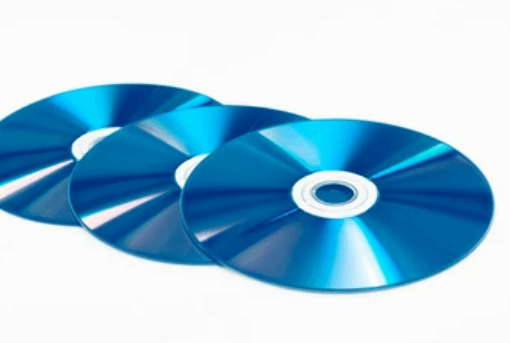
USB Flash Drives:
An example of a data storage device with both a flash memory and a USB interface built-in is a USB flash drive. Almost all USB flash drives can be taken out. They have a compact, dependable, and sturdy physical design. They often work more quickly the more storage space they have. The lack of moving components makes USB flash devices incredibly robust mechanically. They receive their operating power from the connected device (usually a computer) via the USB connector.
A USB flash drive is also known as a flash drive or USB drive.
Since USB flash drives are based on the Universal Serial Bus mass storage standard, they are compatible with all operating systems and BIOS. The capacity and speed of data transfer on USB flash drives are greater than those of optical disk drives and floppy disks.
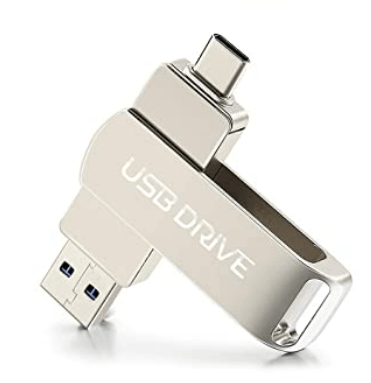
A USB connection that is adequately shielded and electrically insulated inside of a plastic or rubber housing makes up a standard USB flash drive.
SD Cards:
A secure digital card (SD card) is a tiny flash memory gadget made to offer large amounts of memory in a portable package. Mini SD and microSD cards are physically significantly smaller yet have comparable amounts of memory, whereas a regular SD card is 32mm x 24mm x 2.1mm and weighs around 2 grams.
Secure Digital High Capacity (SDHC), Secure Digital Extended Capacity (SDXC), and Secure Digital Ultra Capacity are examples of SD card variants (SDUC). These SD card varieties were created to have significantly greater capacity than a typical SD card.
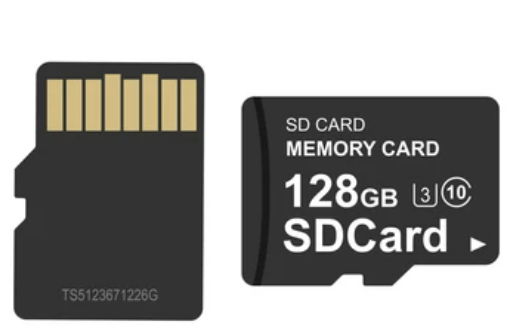
To access data saved on an SD card, users often need a USB card reader. After inserting the card into the card reader and coupling the card reader to a computer, users can access and modify the files as they would with any other flash memory device. It's crucial to keep in mind that SD cards are only designed to be used temporarily; in fact, the data they hold has a maximum shelf life of 10 years.
Tape Drives :
This detachable storage device is mostly used for data backup. It is comparable to a Zip Drive, however, it uses tiny tapes as opposed to Zip disks. By reading data from the computer and recording it to the tape, the drive functions like a tape recorder.
Tape drives are not viable for the majority of storage needs because they must scan through a large number of cassettes to read small quantities of dispersed data. They are therefore nearly solely employed for data backup.
The advantage of tape drives is that they frequently offer greater data storage capabilities in low cost than the hard drives of comparable size. Additionally, incremental backups may be made using numerous cassettes, which is far less expensive than doing so with multiple hard drives.
Zip and Jaz Drives:
Iomega introduced the Zip drive, a medium-capacity, portable magnetic disk storage device, in the middle of the 1990s.
At the time of its introduction, it was well-liked since it could store more data than a floppy disk and had a cheaper cost per storage unit than hard disks. Fast data transfer was possible with the Zip drive, which was also dependable and robust.
The growth of alternative products that eventually entered the market, including USB drives, was preferred over the Zip drive and Zip disk, which quickly went out of style. The Zip drive employs specialized 100MB high-capacity disks to store data. Access times can vary, but they are frequently as quick as hard drives.
JAZ drives resemble Zip drives but can hold up to 1 GB of data on a single disk.